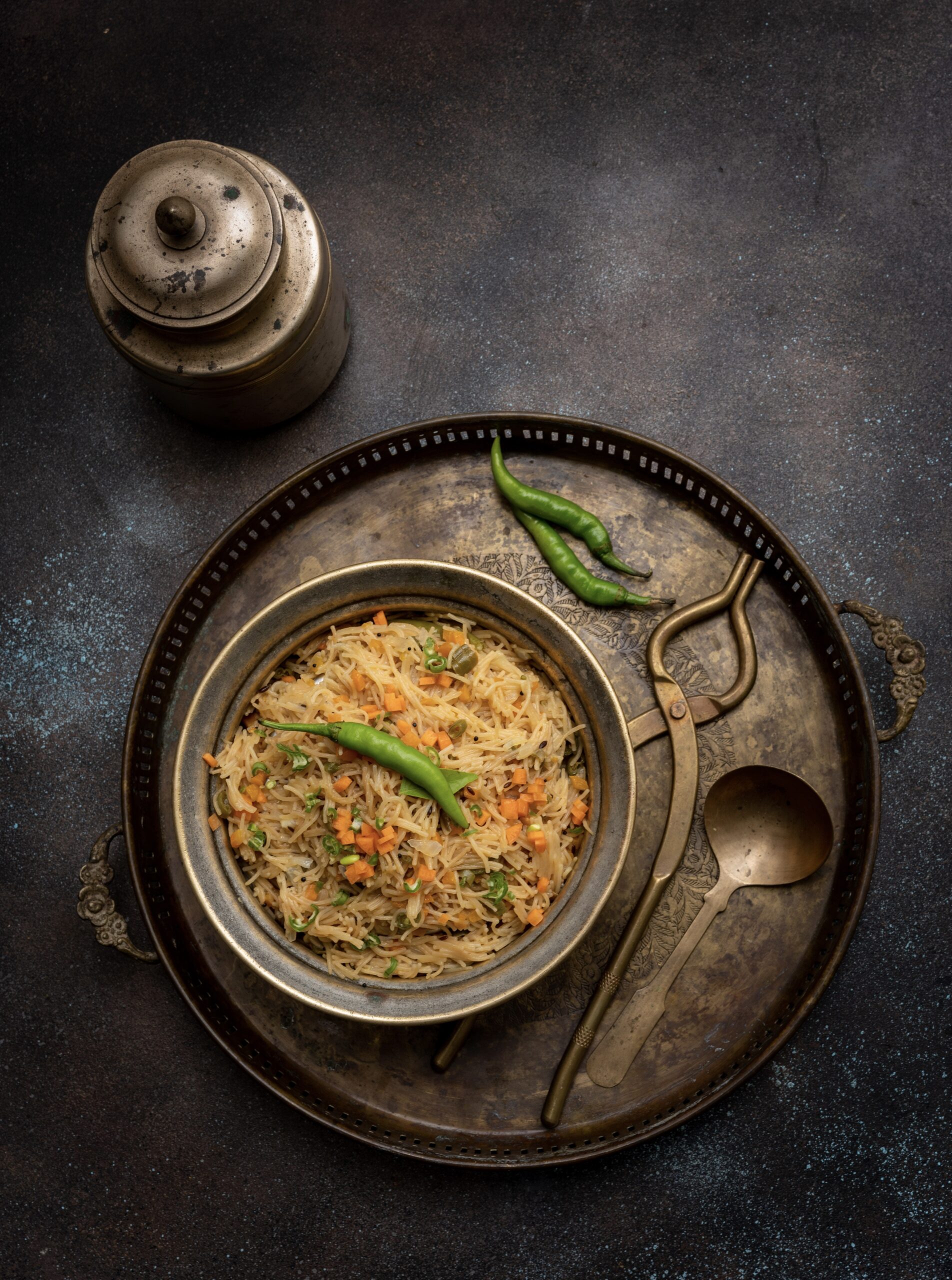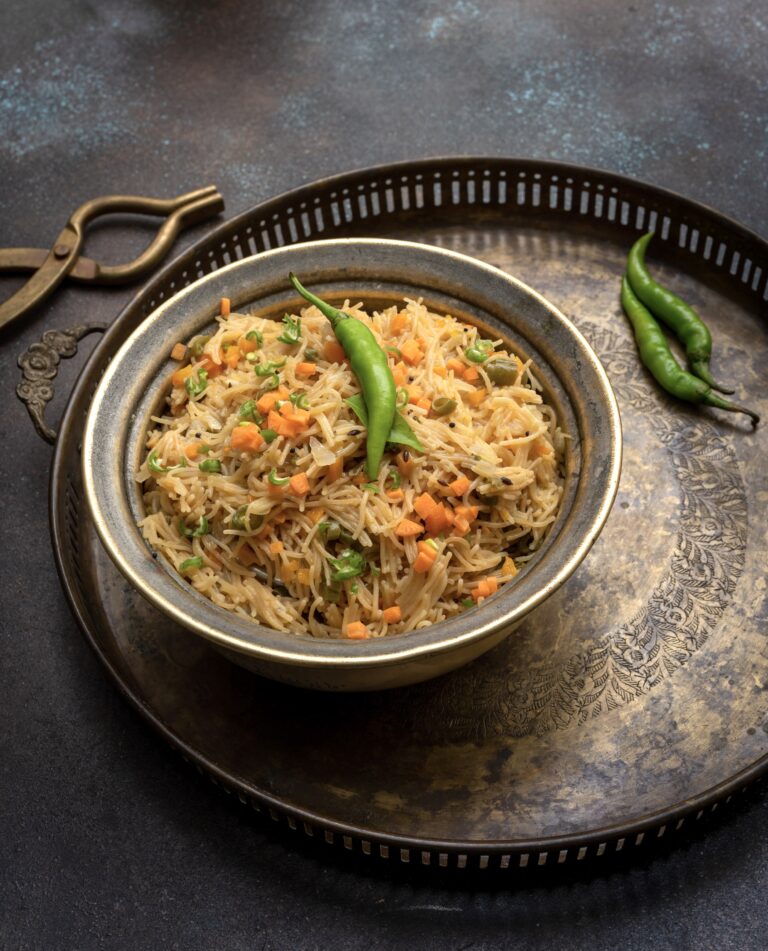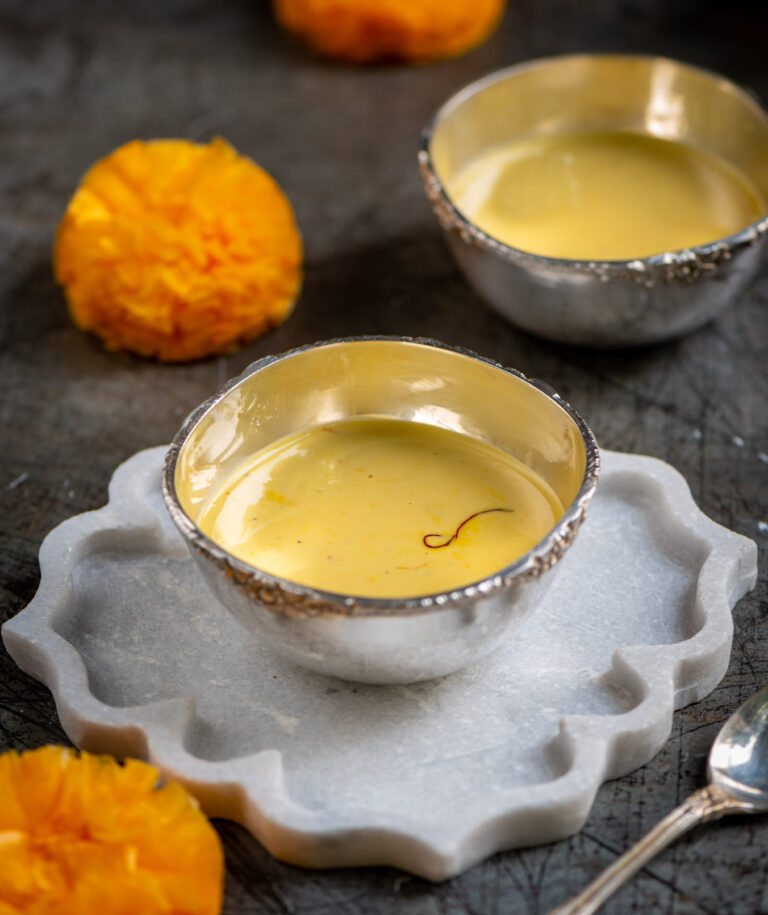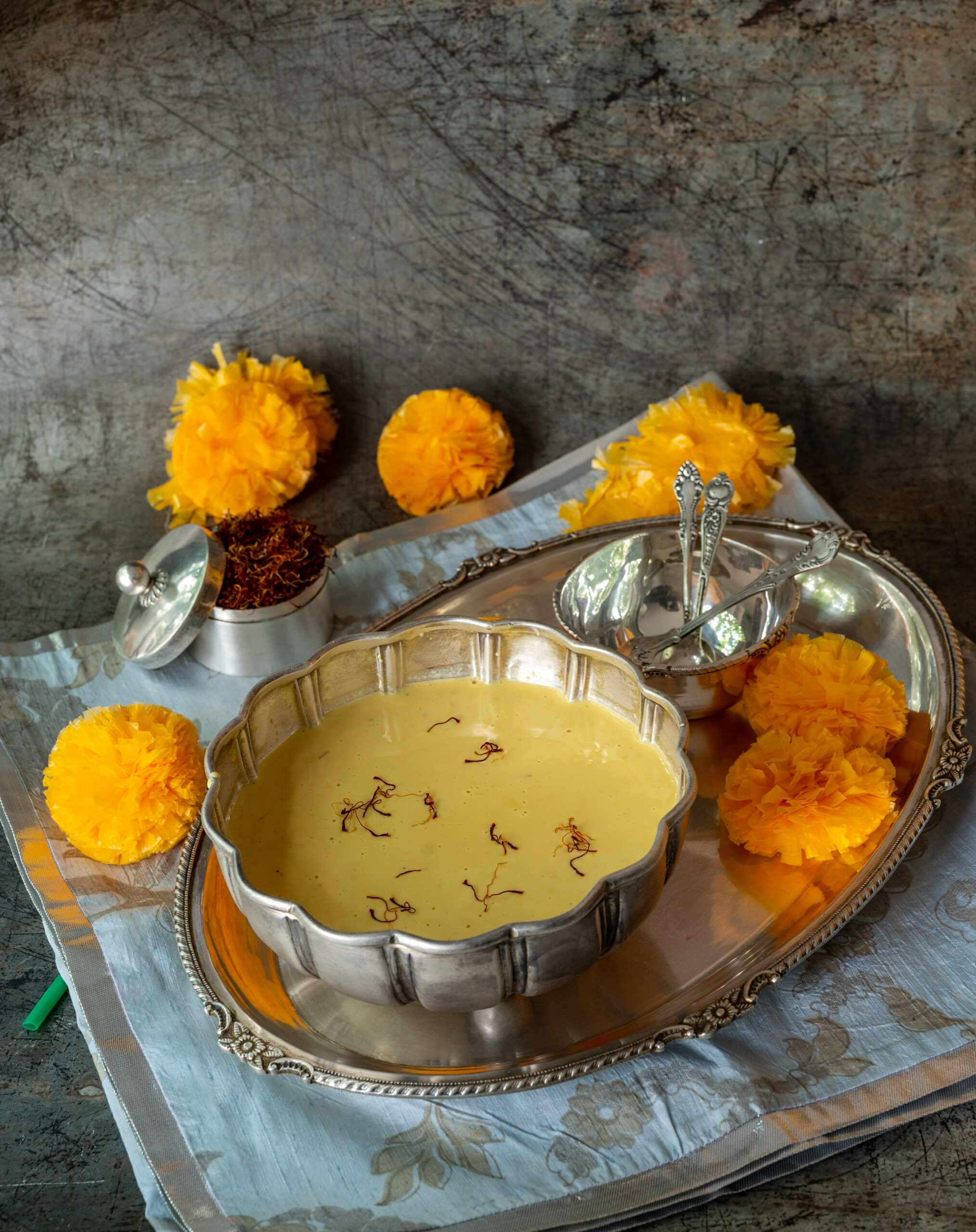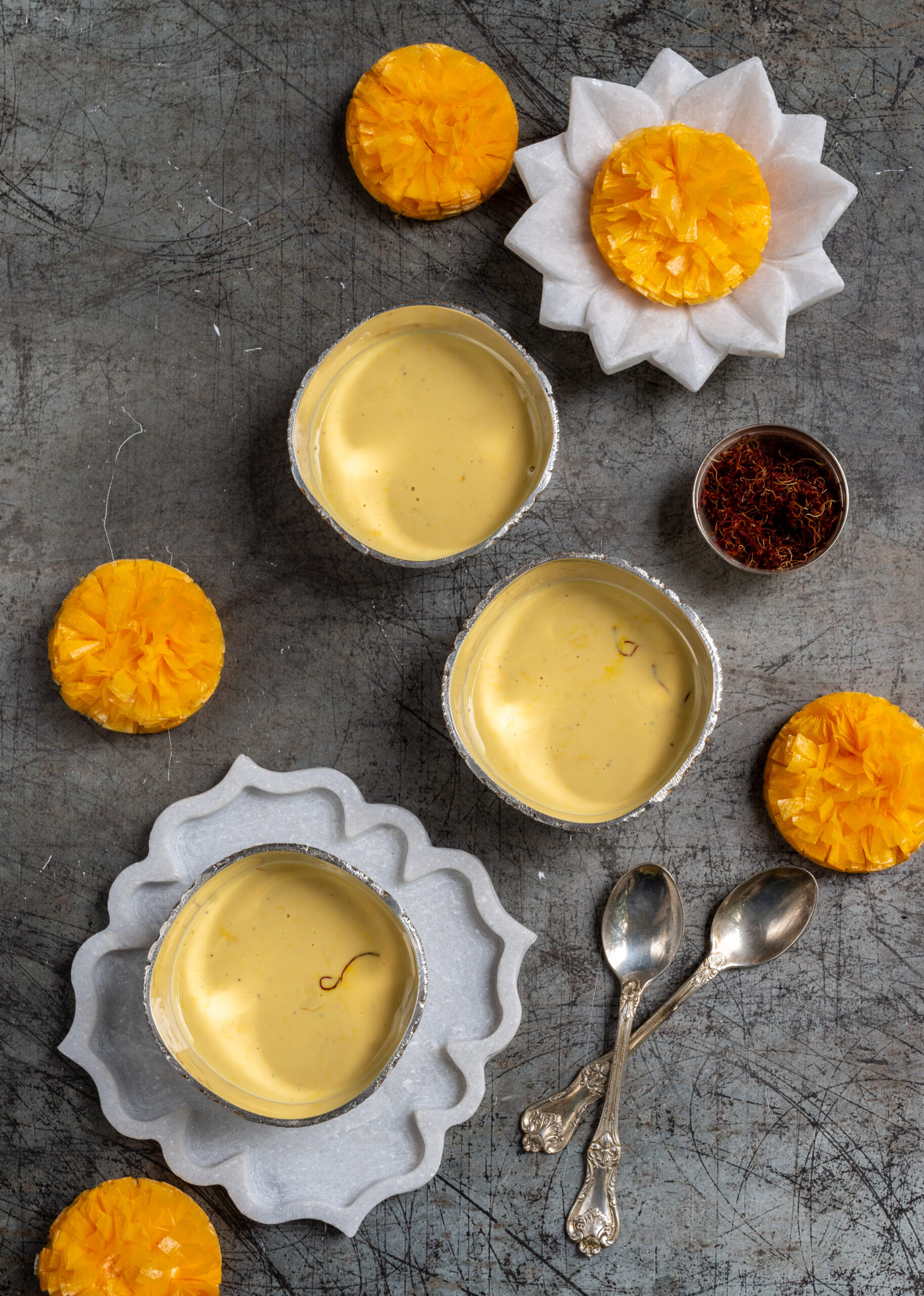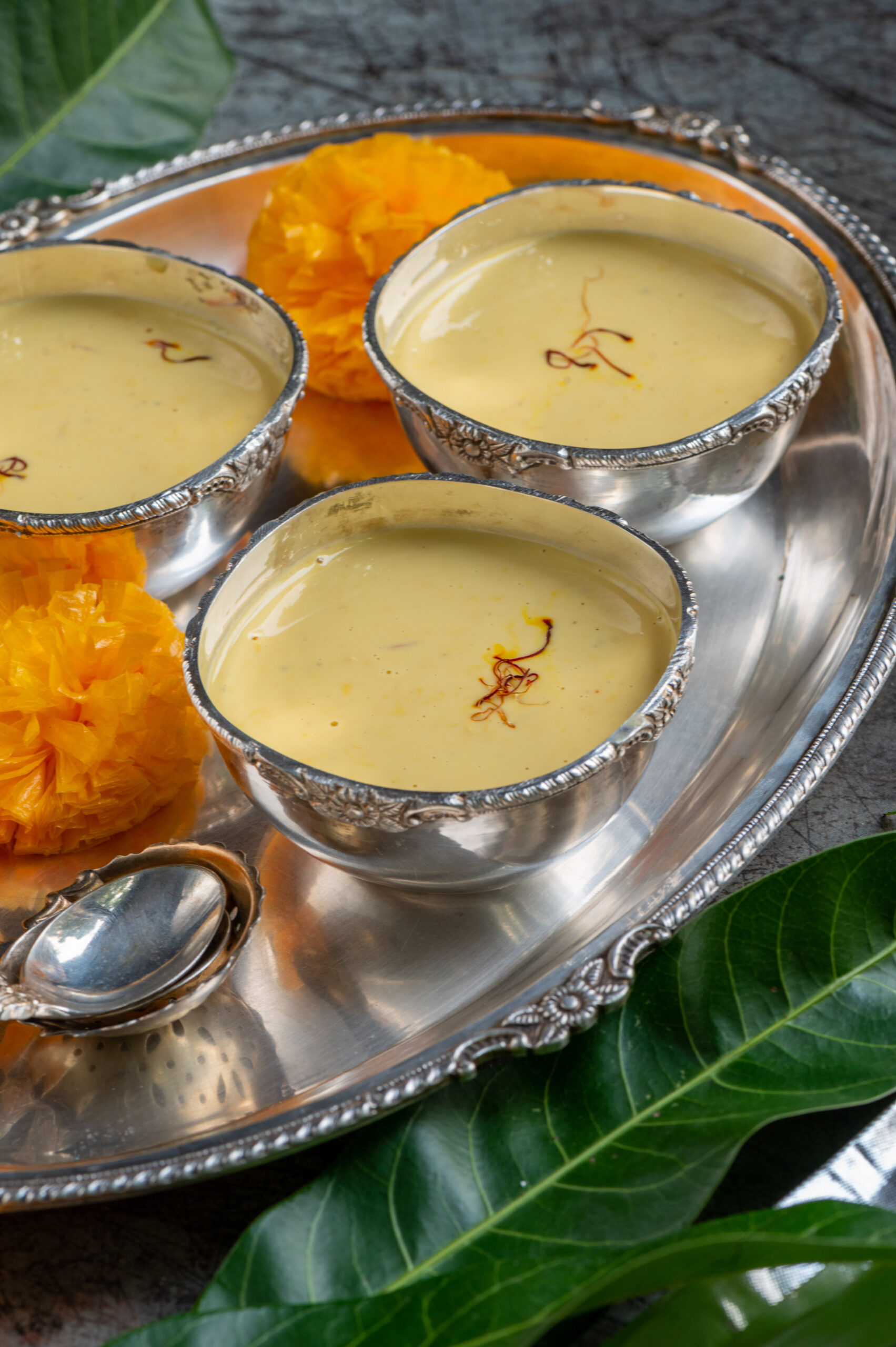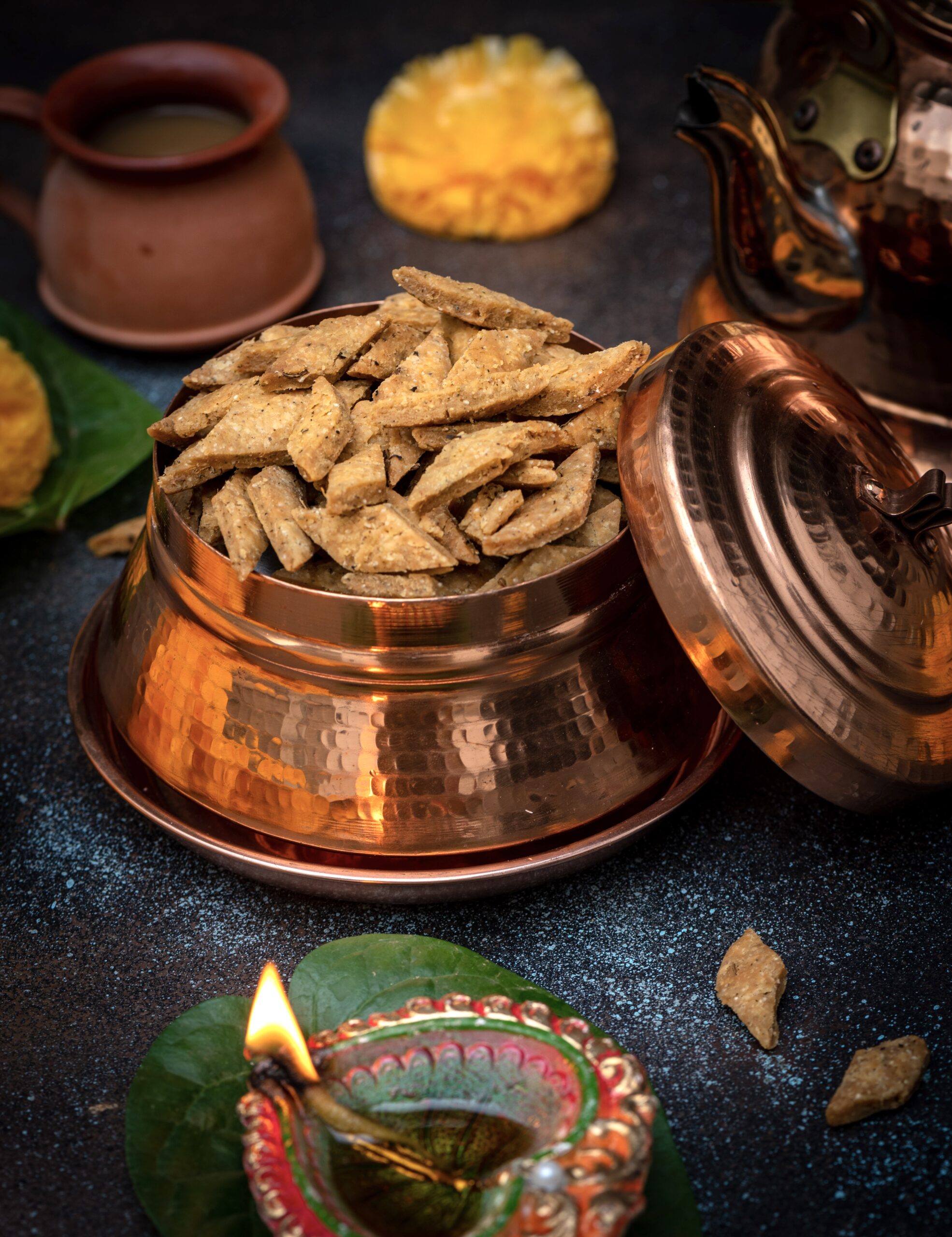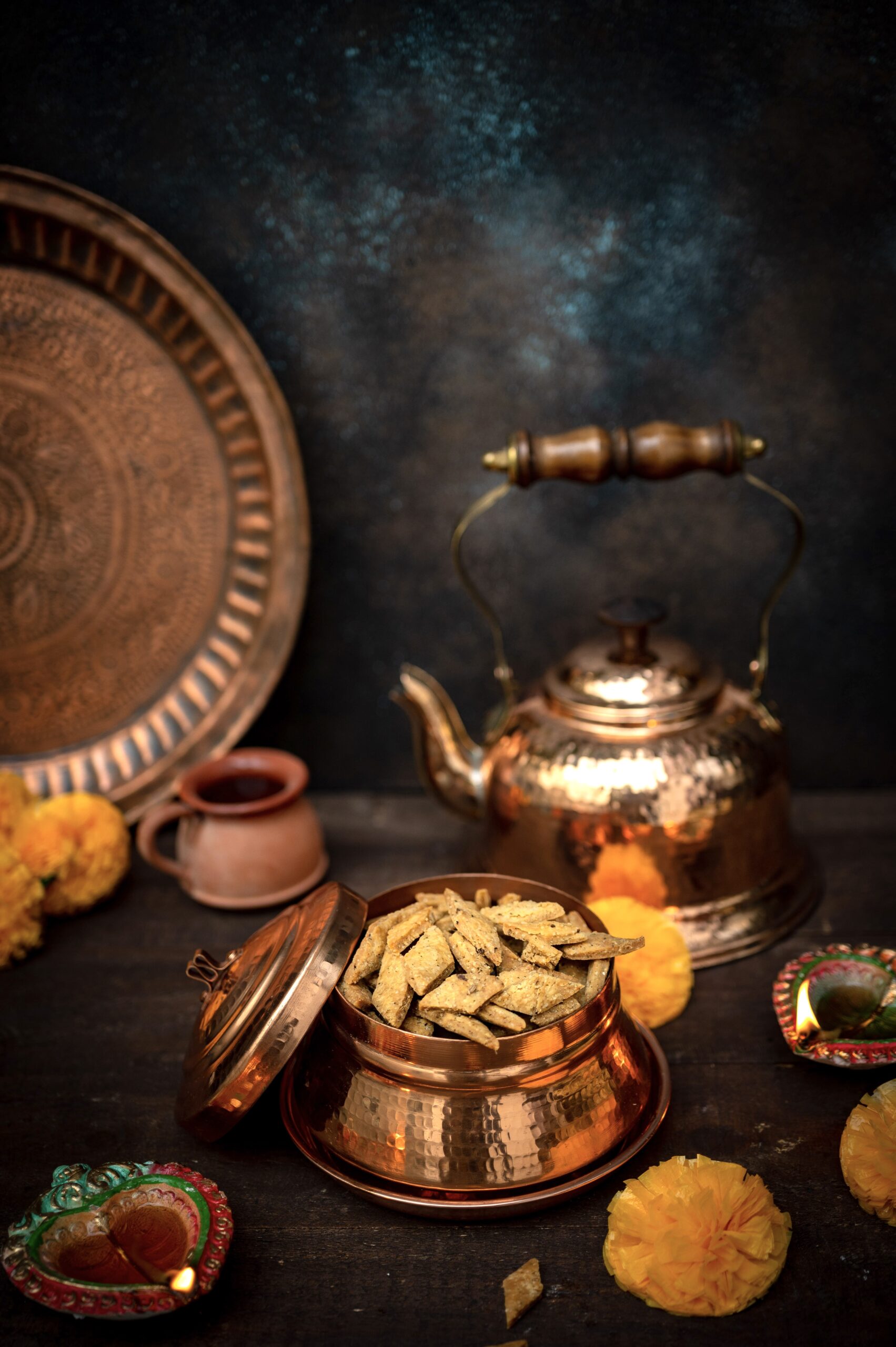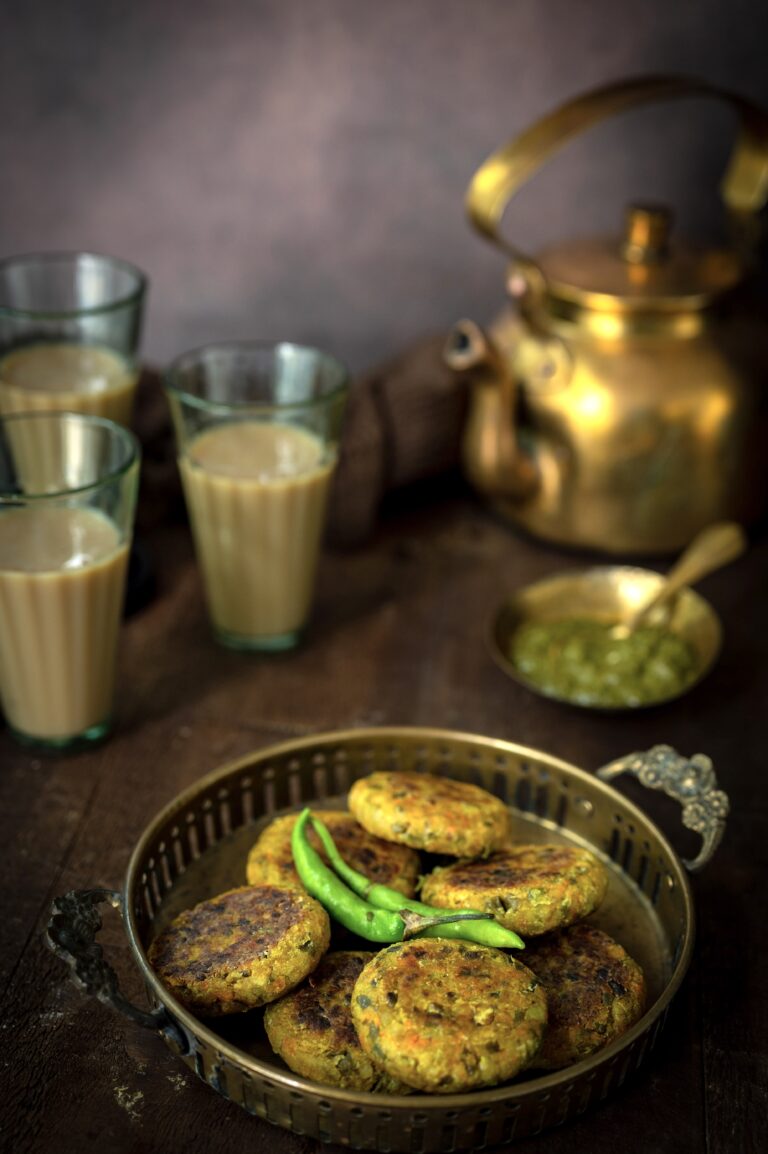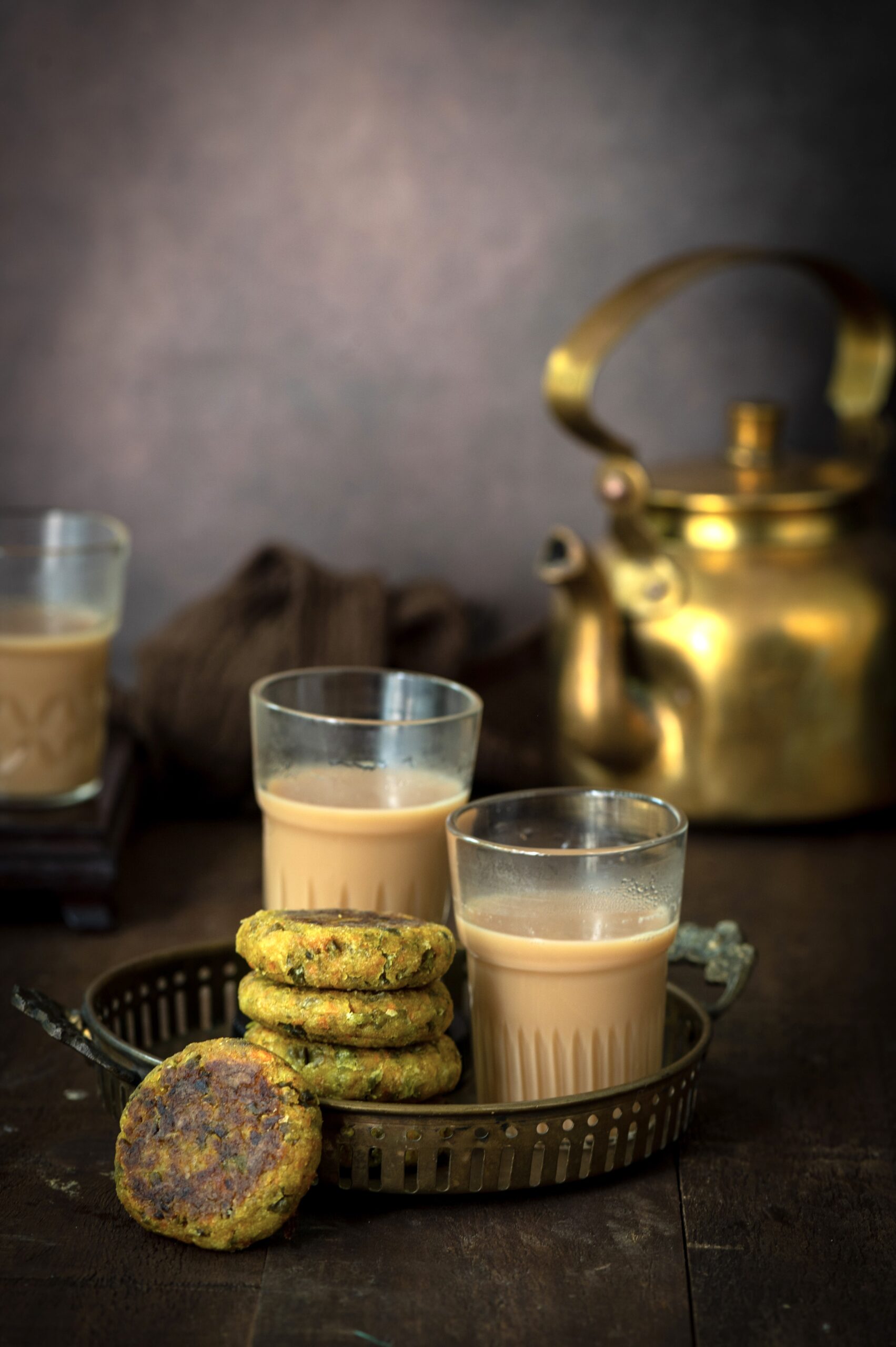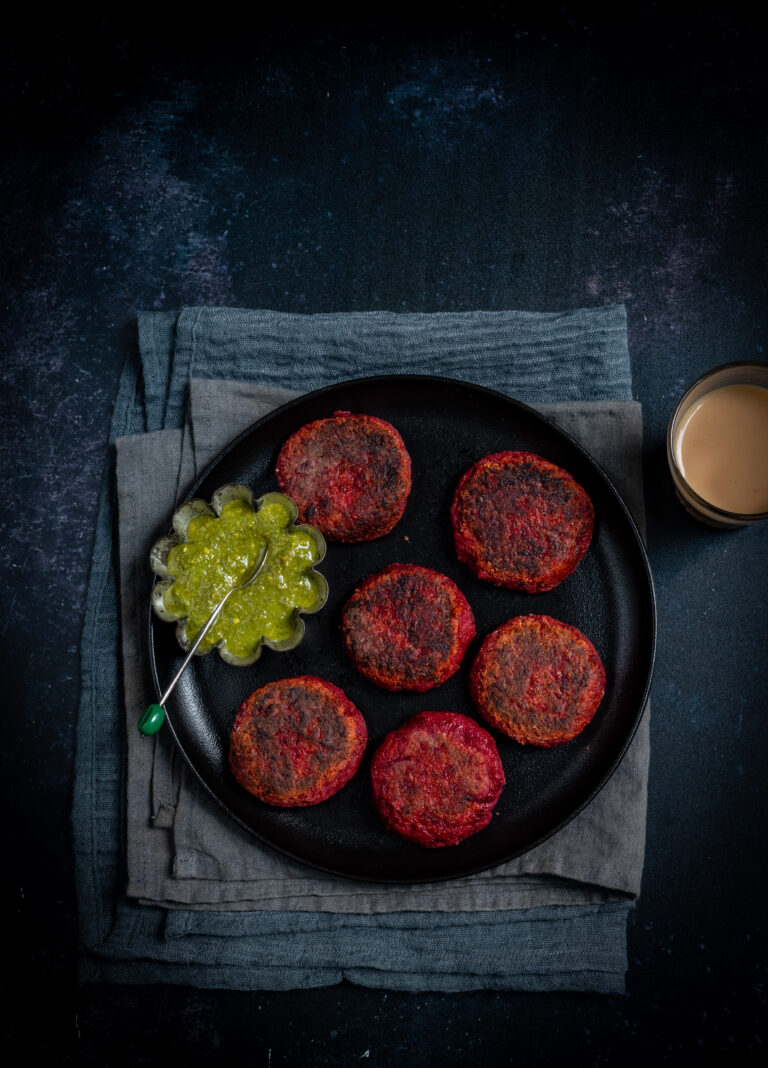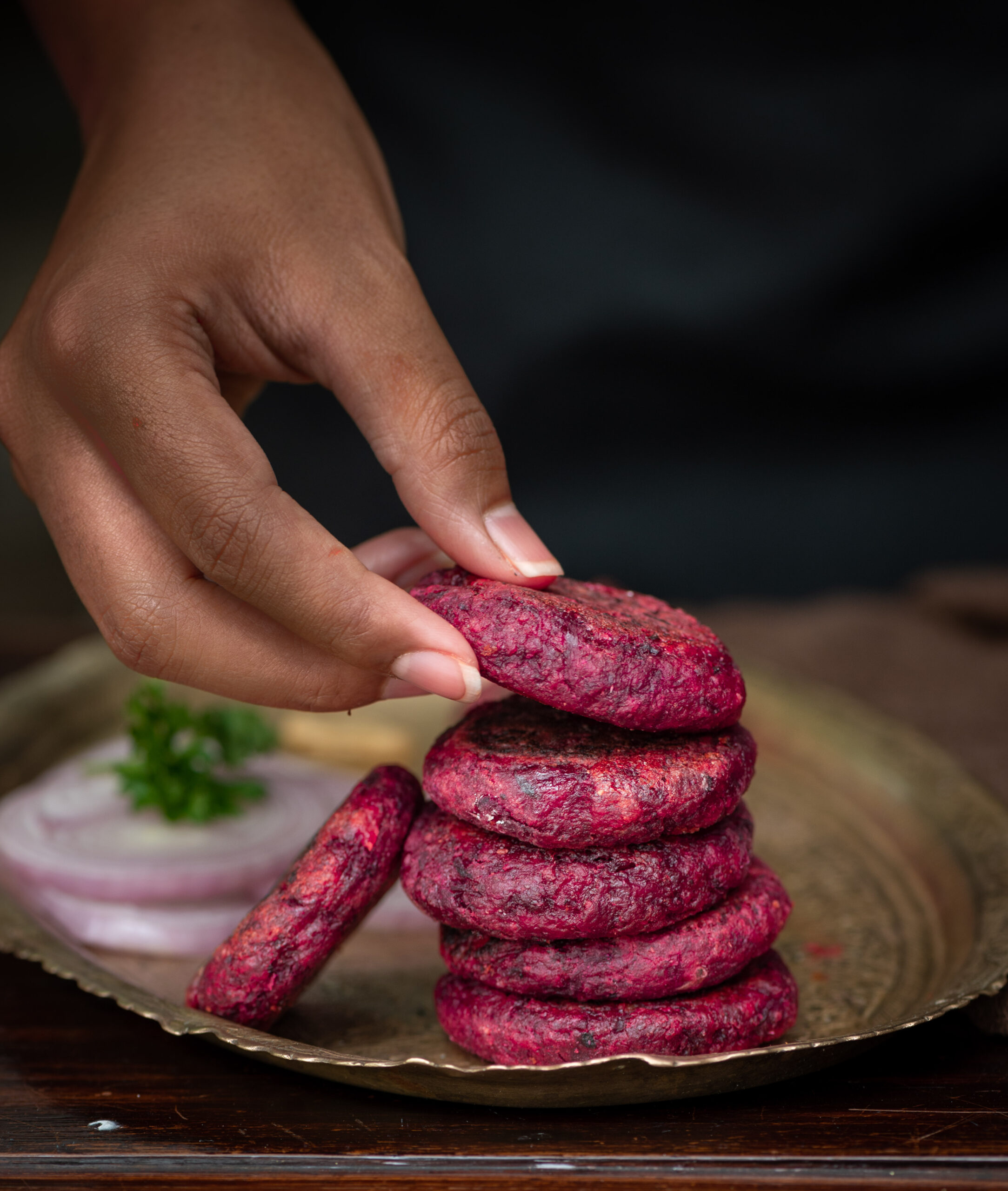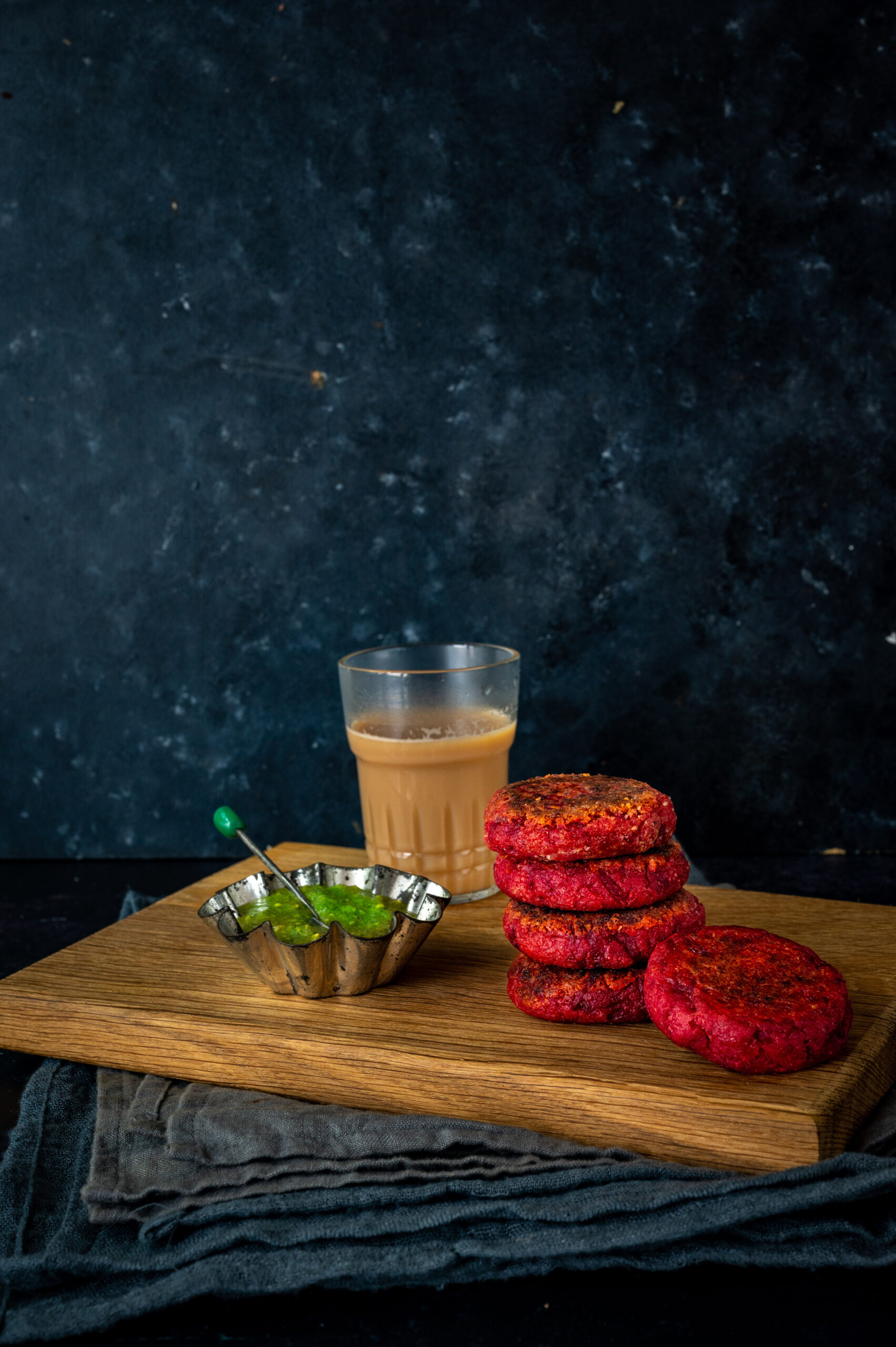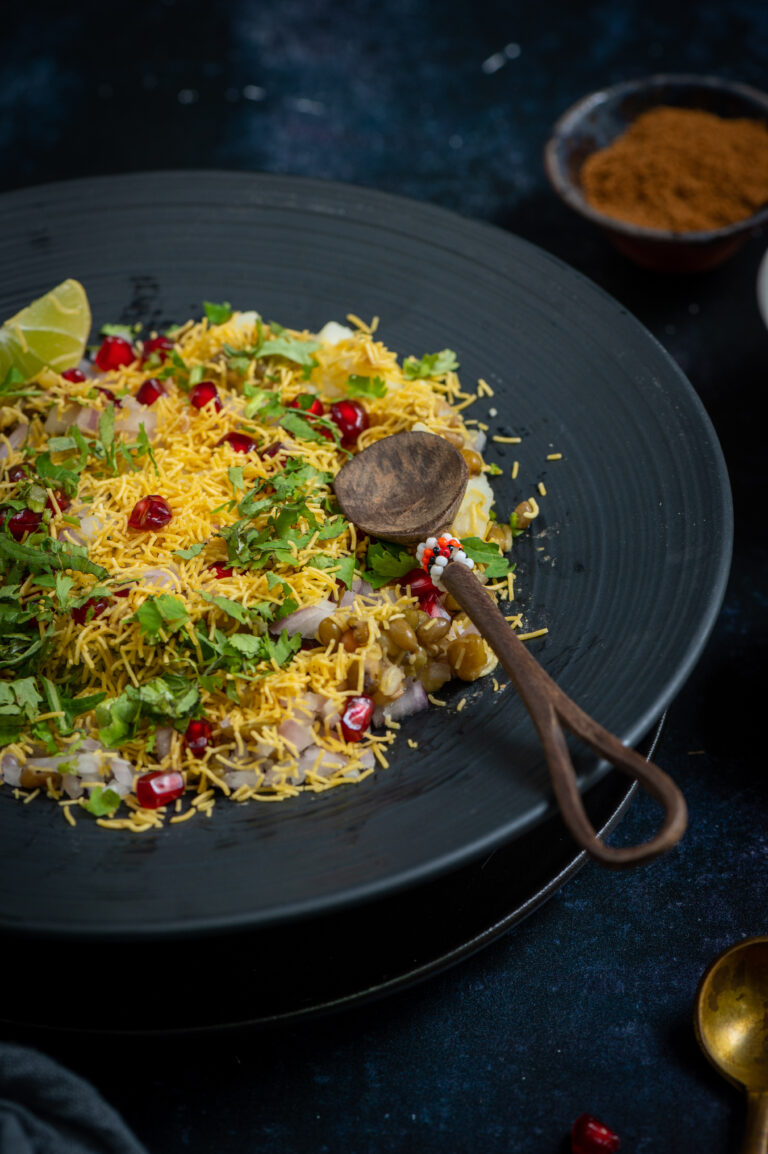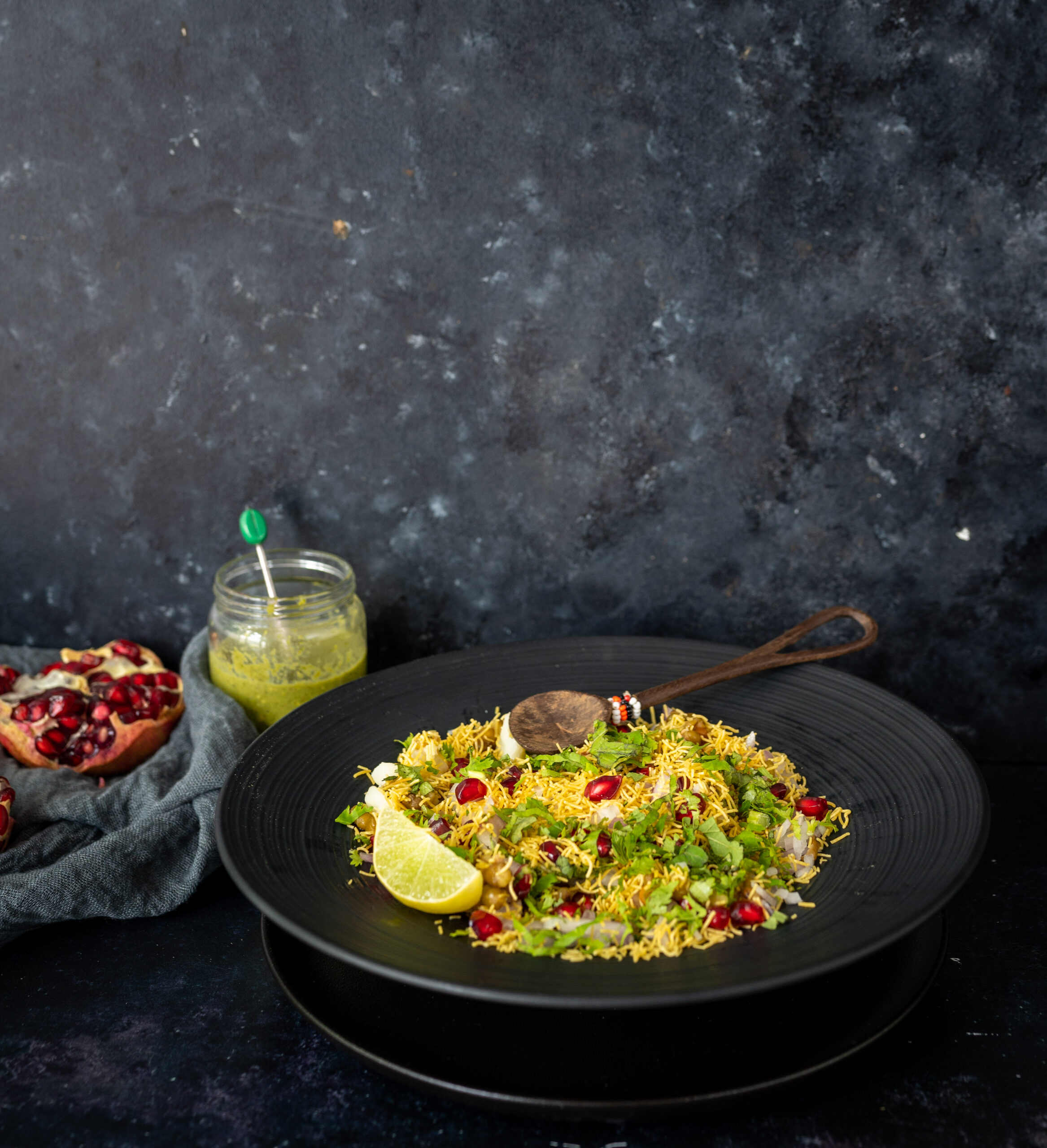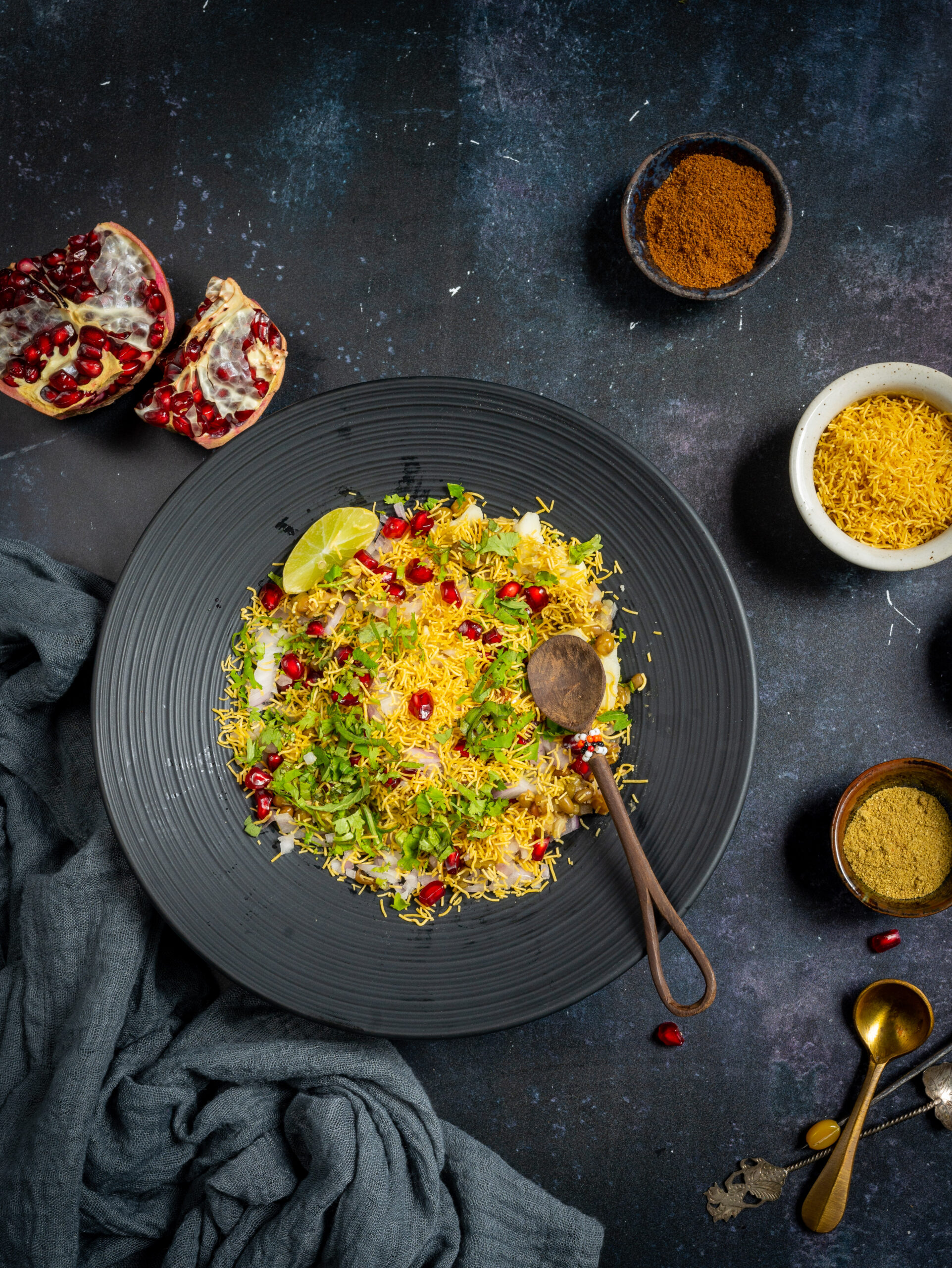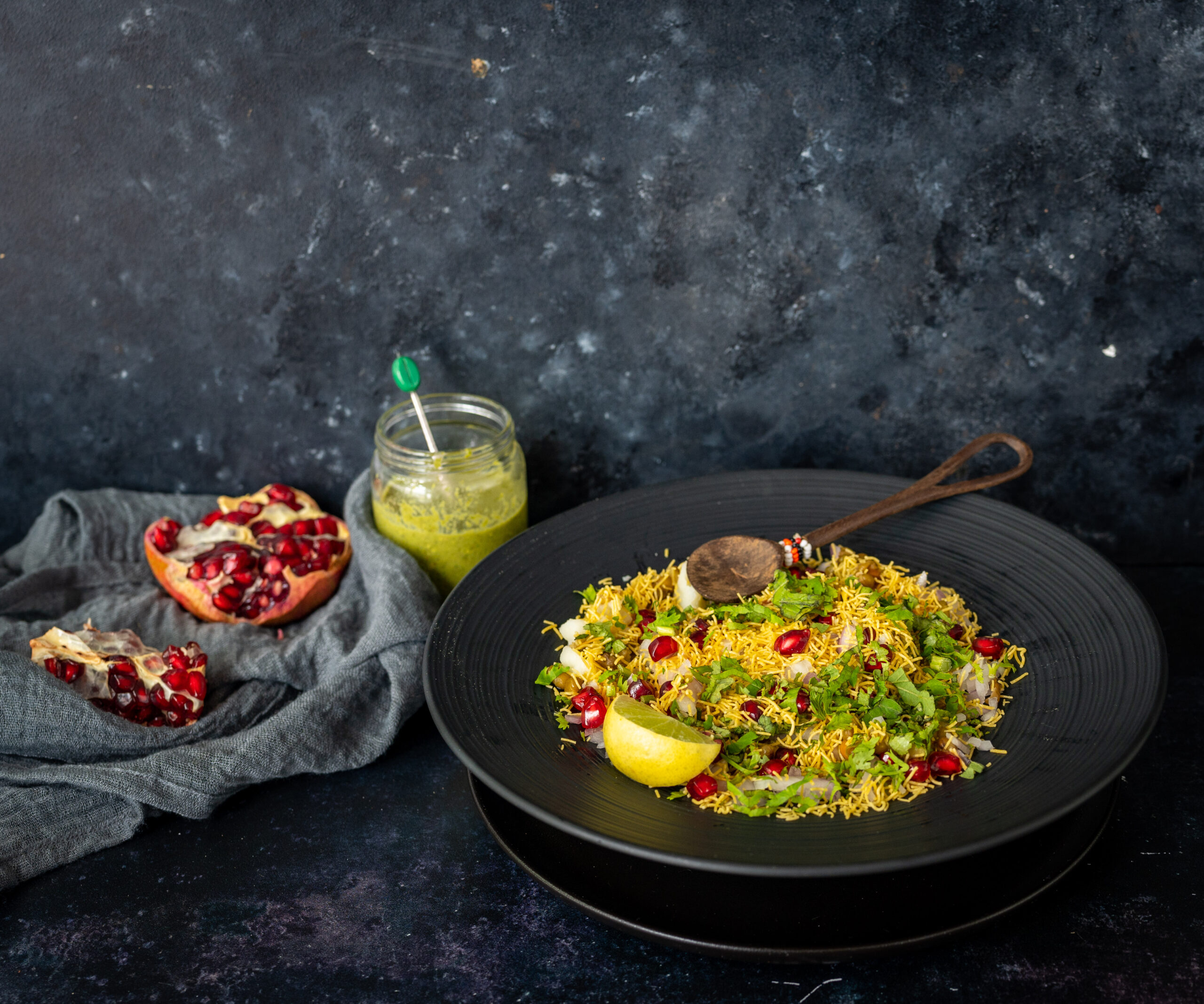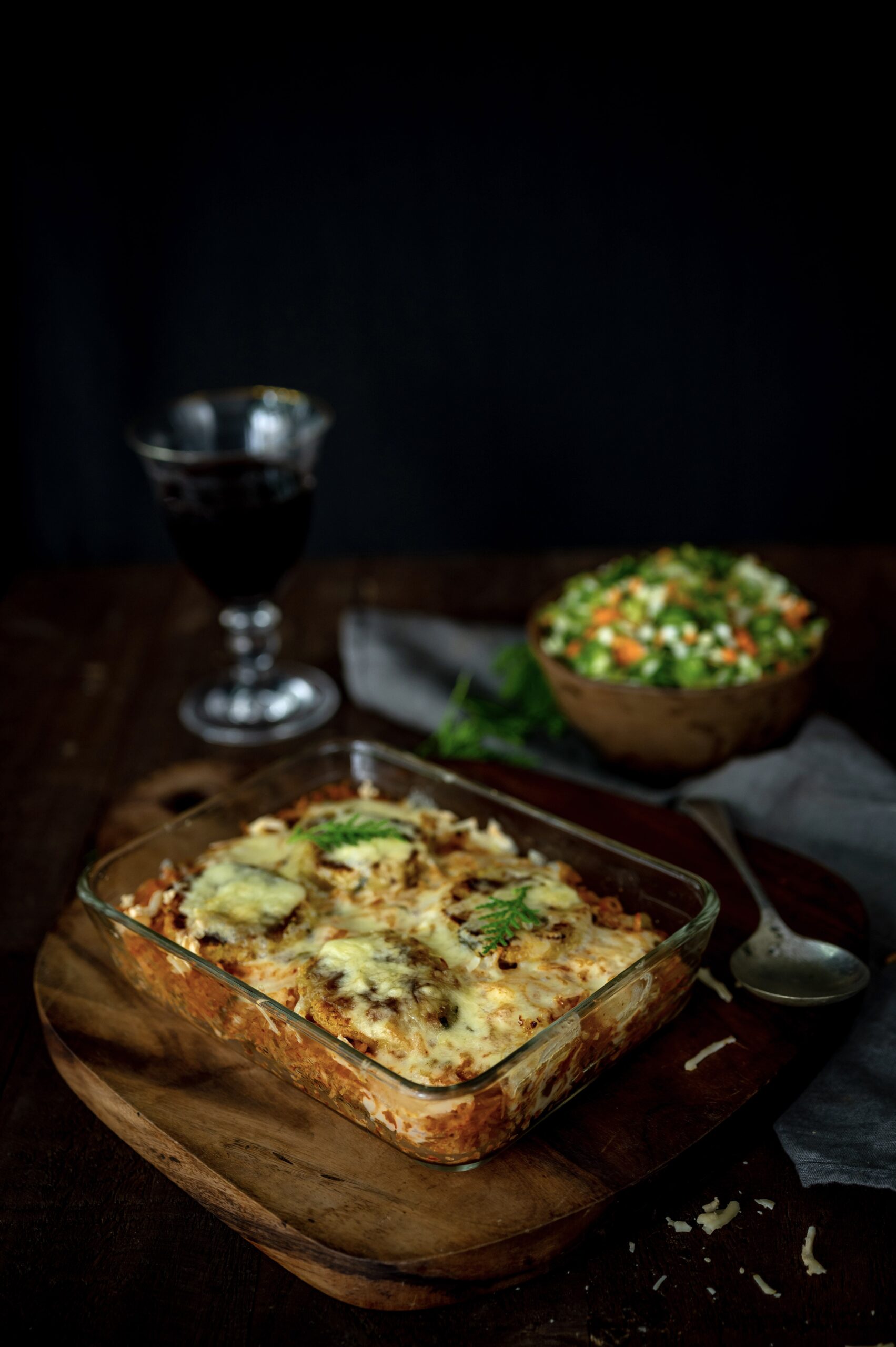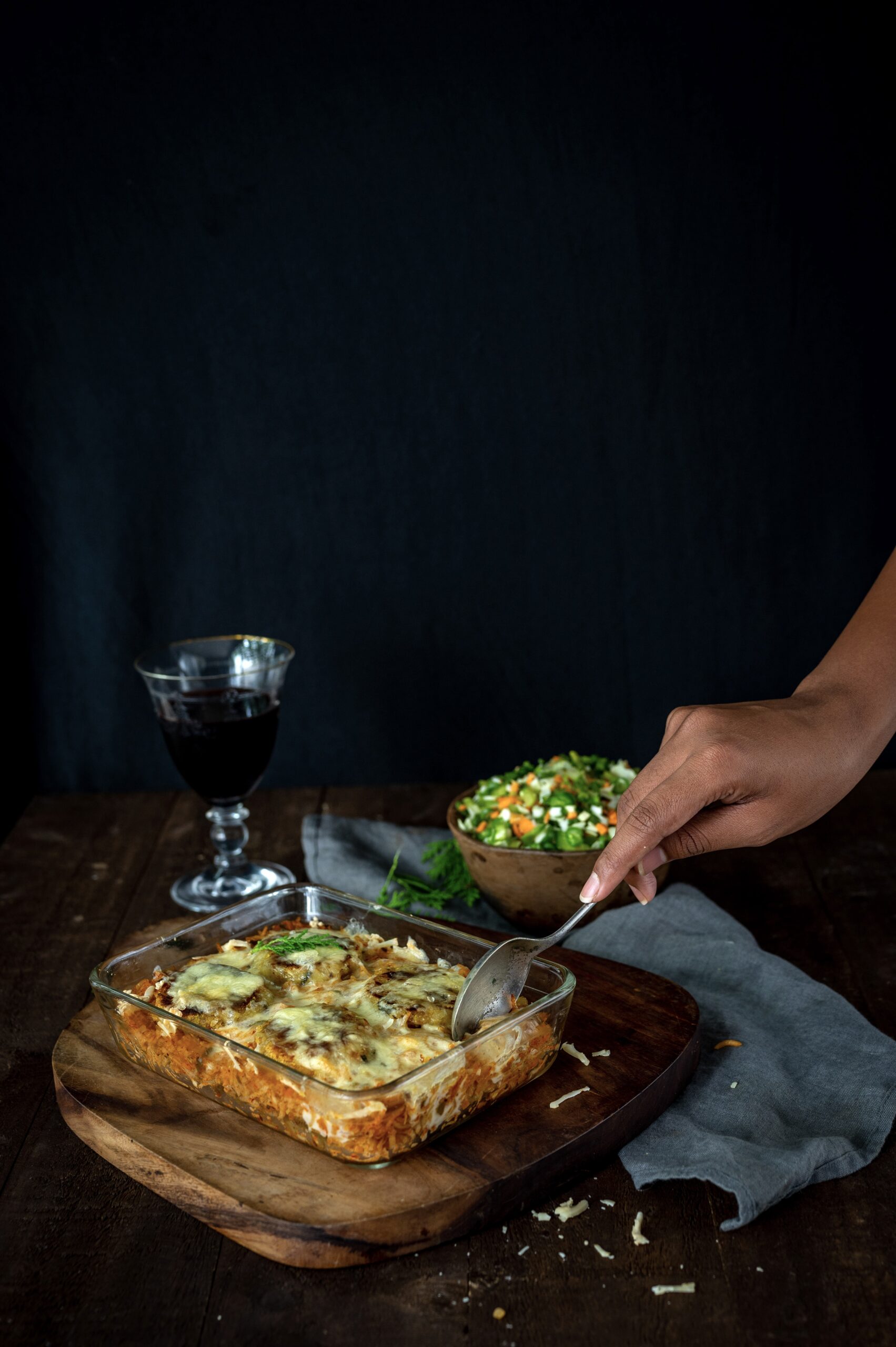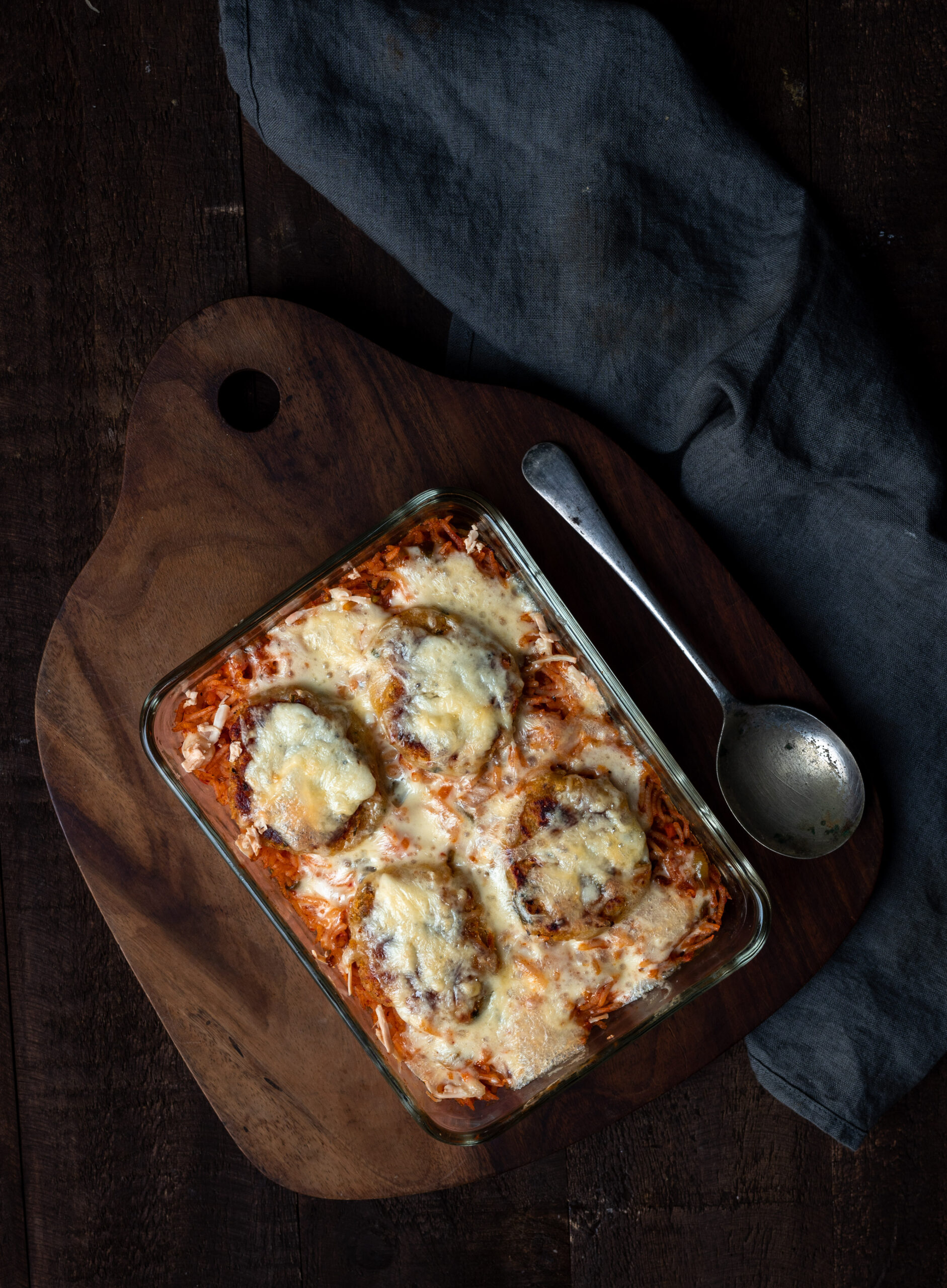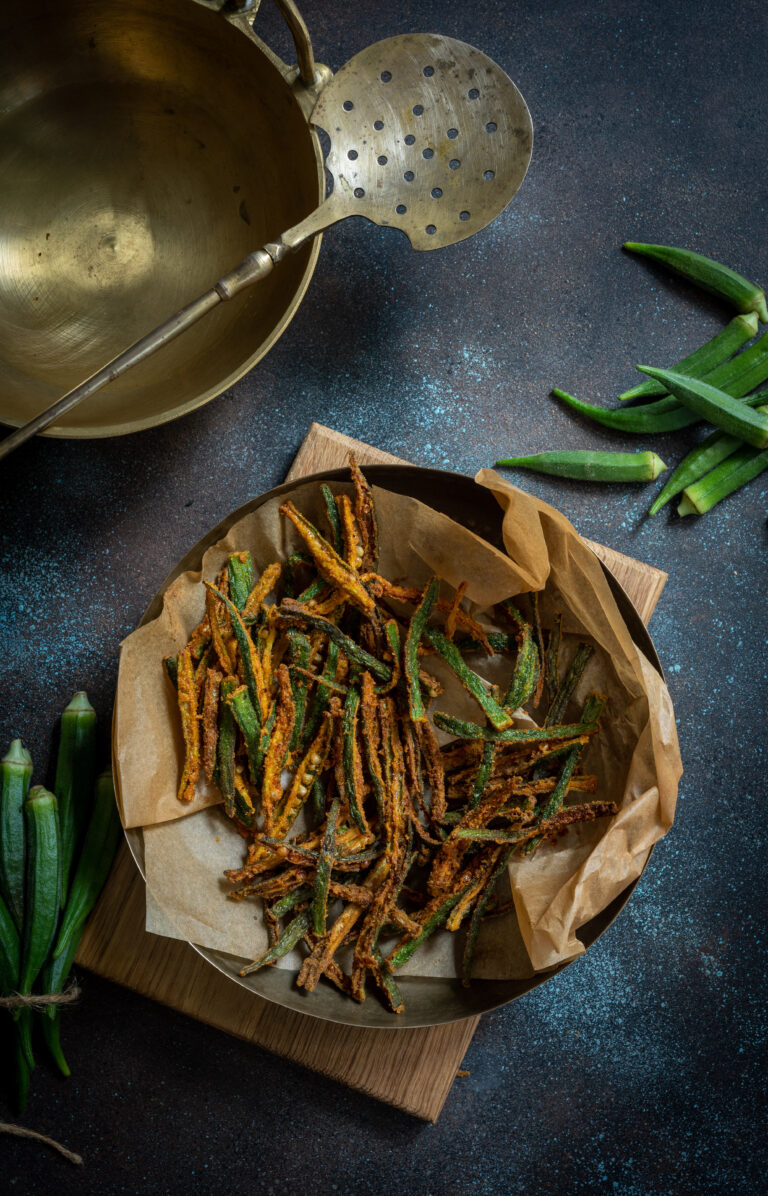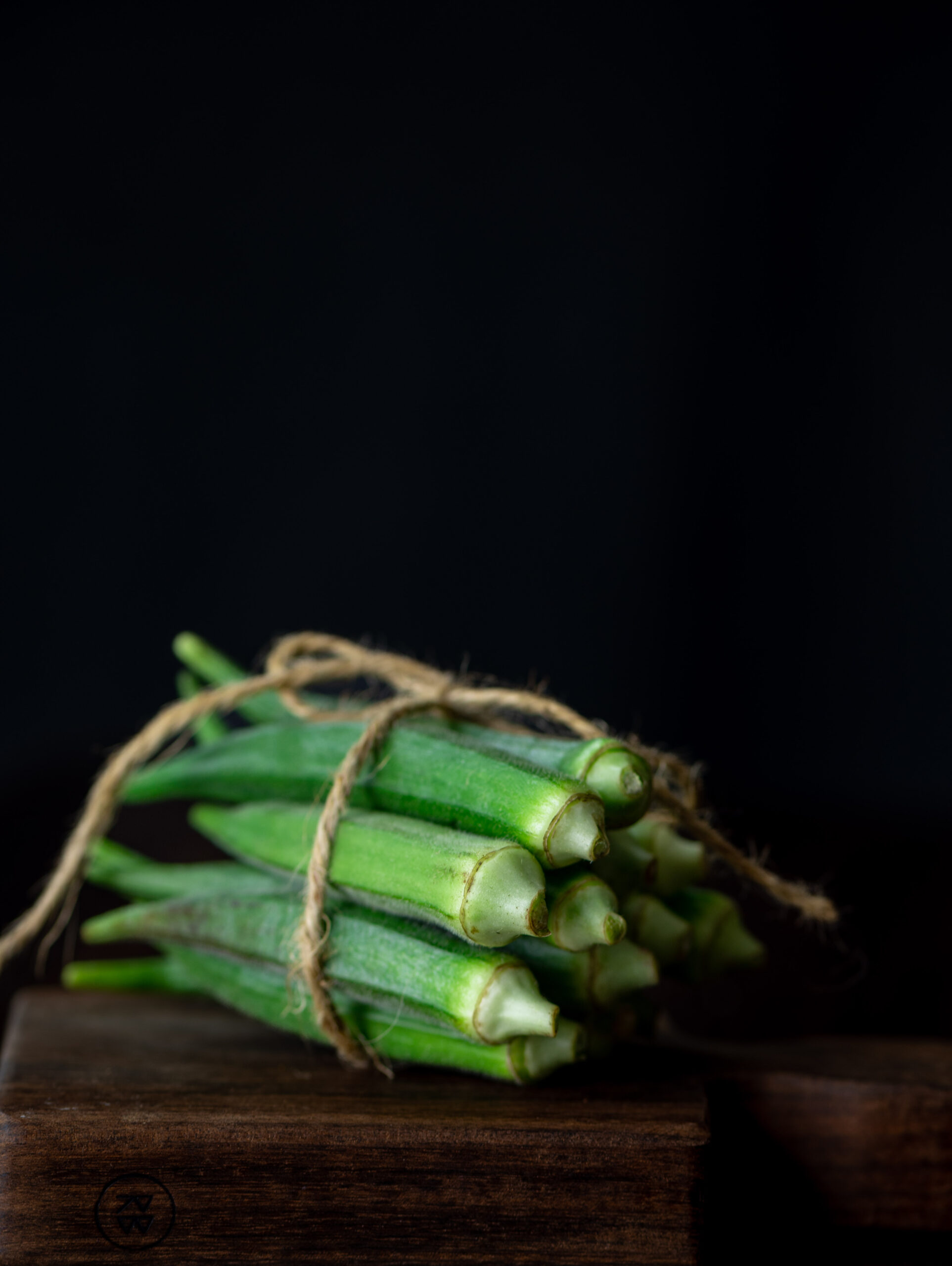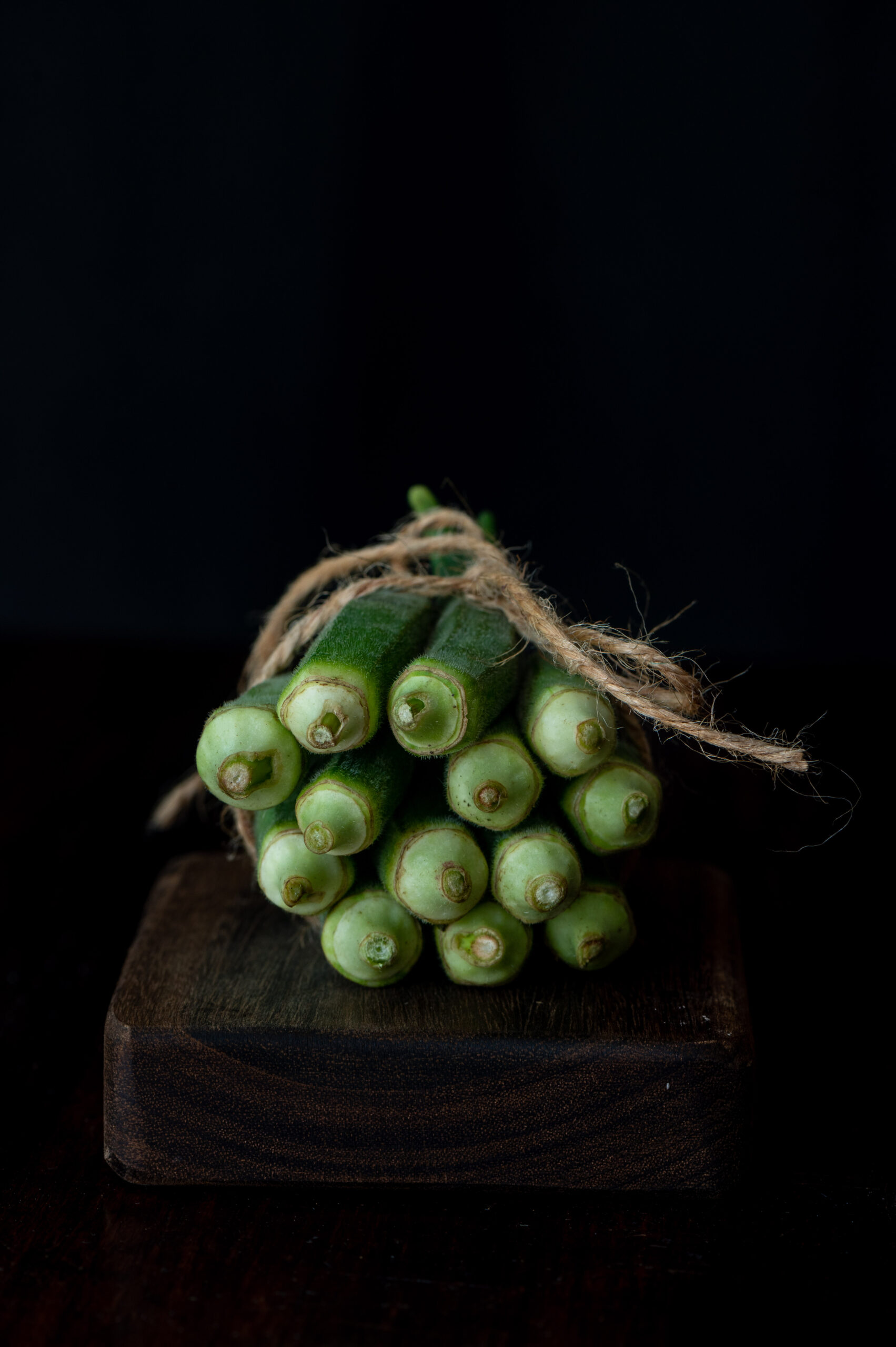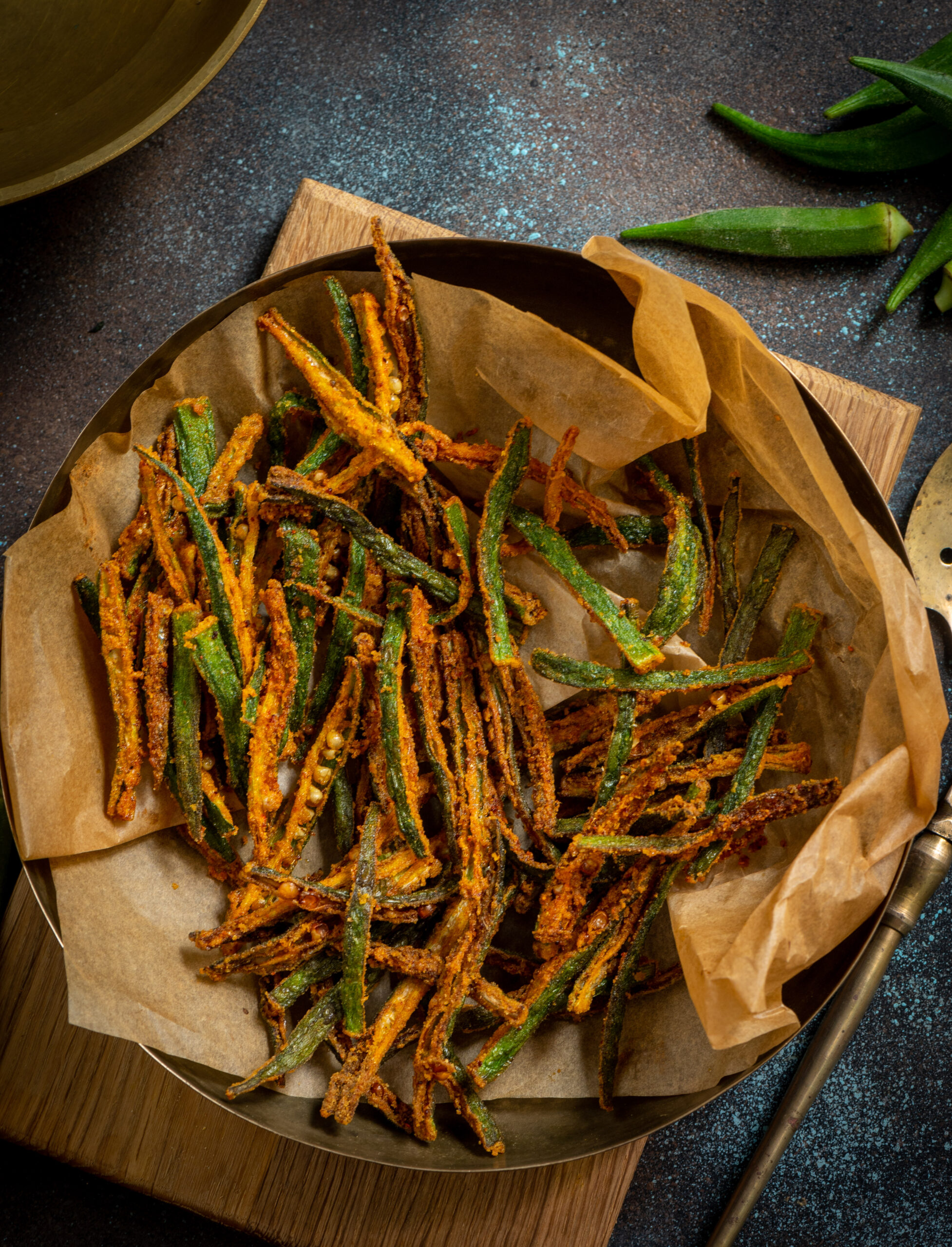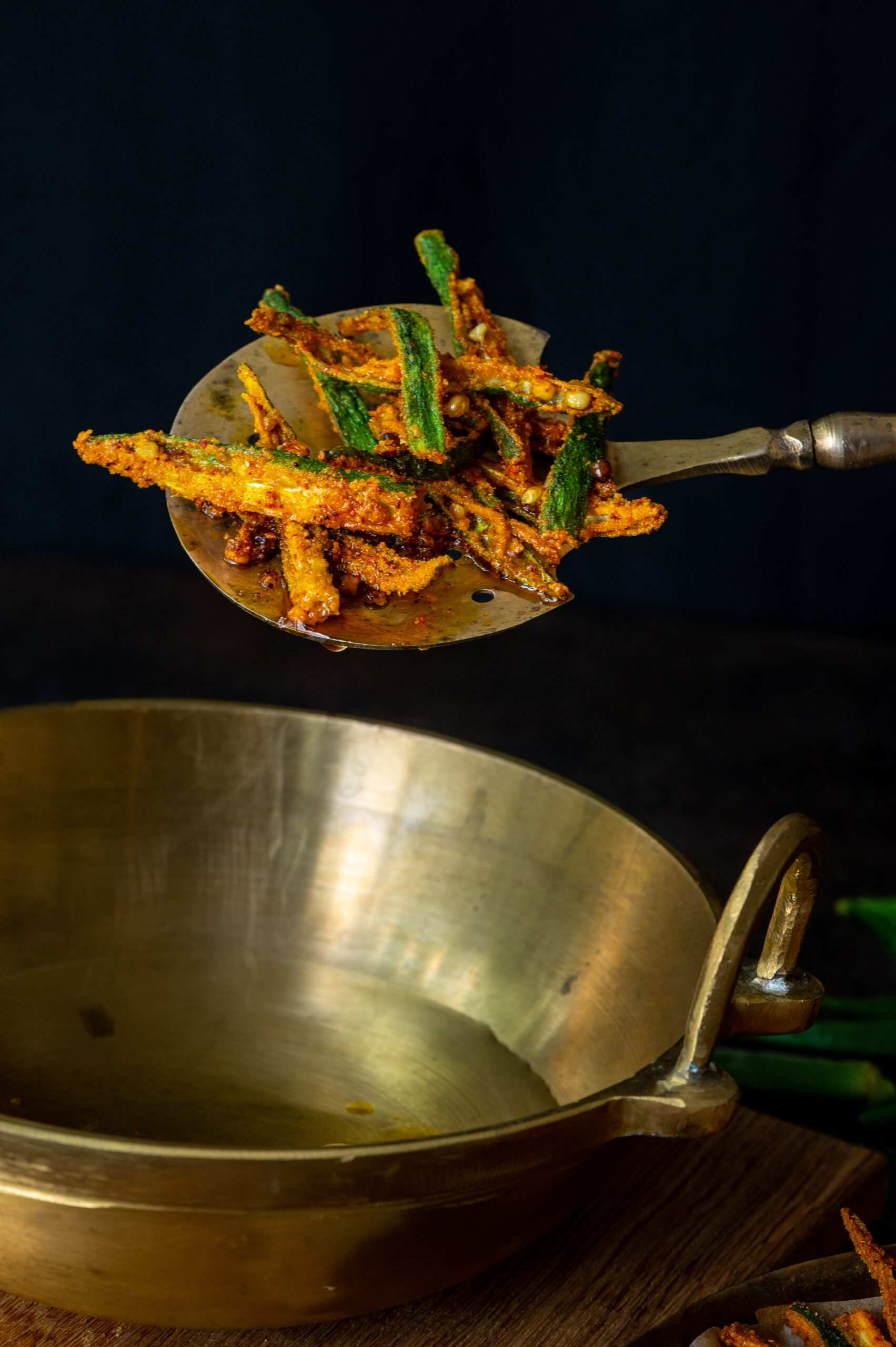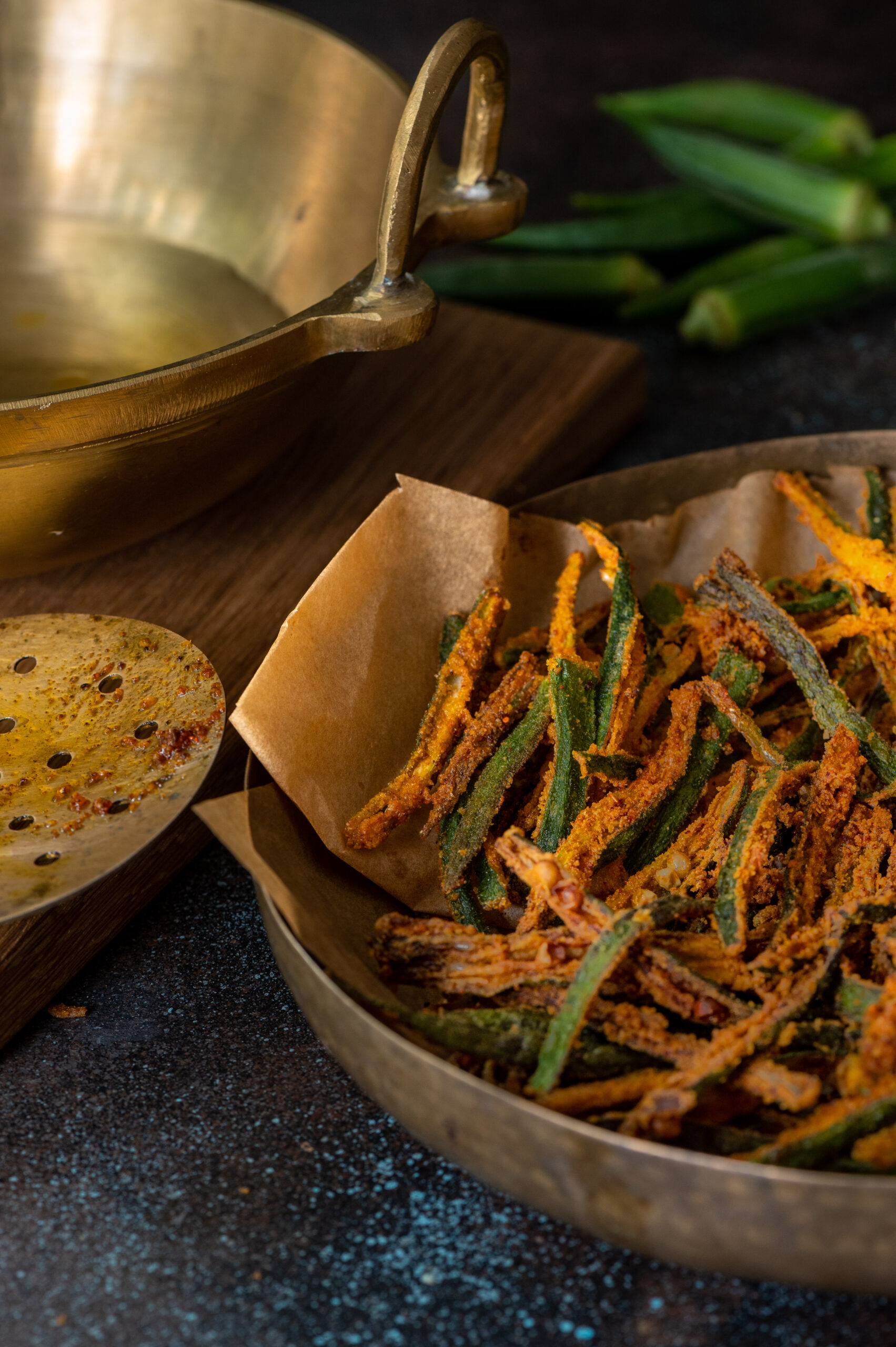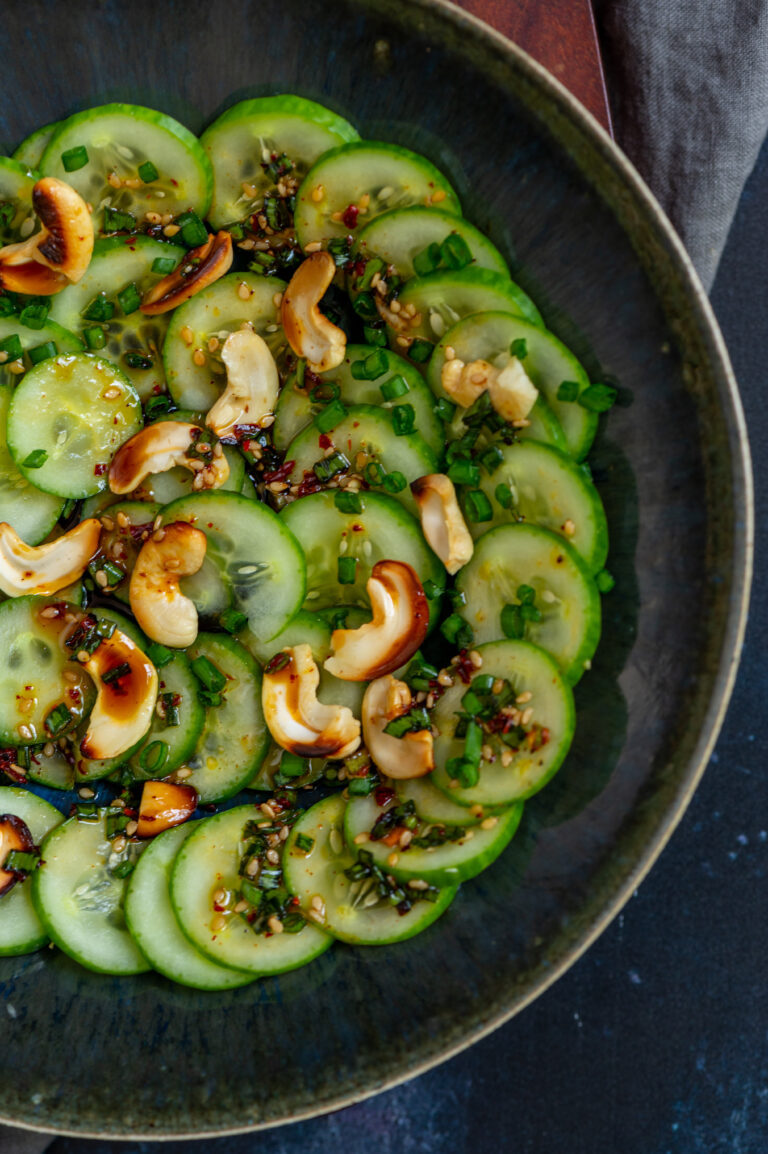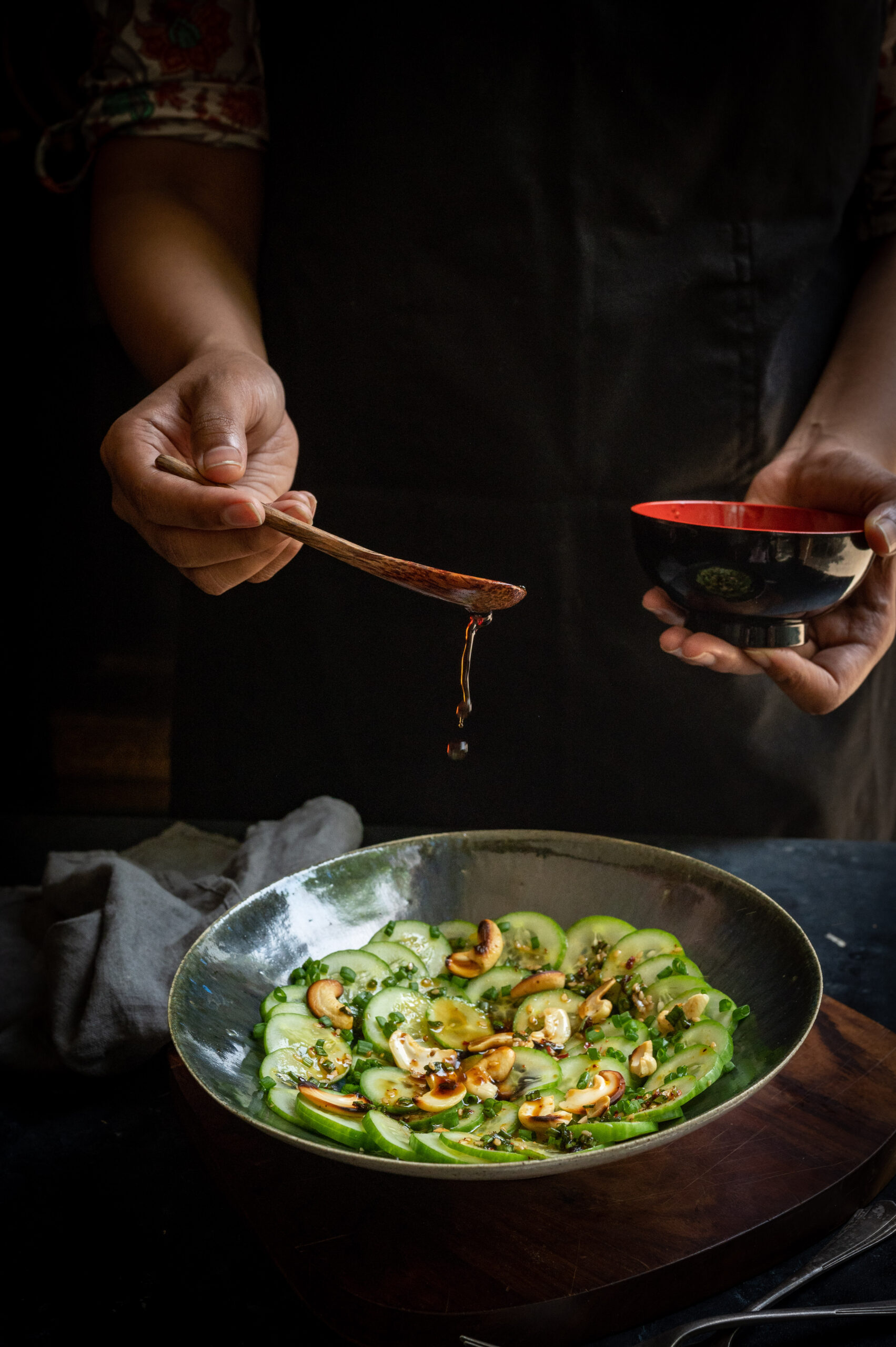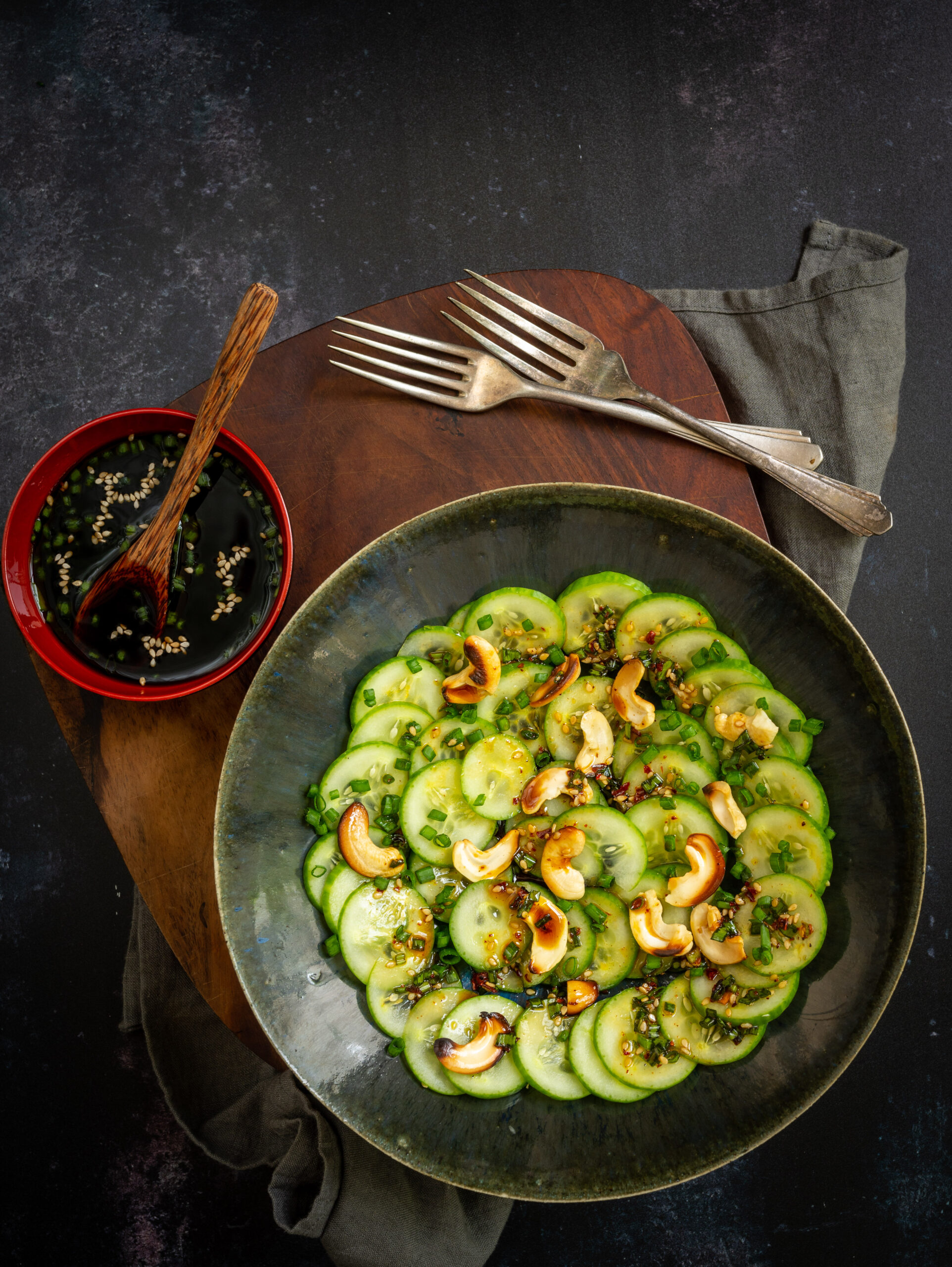For the longest time, from when I was a child, I’ve been eating semiya upma as a breakfast dish. Our mother prepared it often when we were growing up. Back then, cereals and so on were not readily available (at best, some cornflakes would show up at the grocery store, but they were a rarity, as were items such as baked beans). We would make a big fuss about wanting bread, buns or what to us were more interesting fare, but the fact is that our mother made us a hot, fresh breakfast every morning – and we were all the luckier for it. Things have really reversed now, and I understand that such thoughtfully prepared breakfasts are simple luxuries. I find myself doing the same now, giving my family the same benefits of a home-cooked meal.
After eating copious amounts of sugar for Diwali, this makes for a healthy and comforting breakfast. Many people feel like they really don’t want to reach out for sweets at this time, and are almost sick of them, so nutritious foods like a good semiya upma are ideal.
Upma is a South Indian dish that is usually made with any grain: poha, rava, broken wheat, millet and so on. Semiya is a kind of roasted vermicelli, and this is what my mother and now I mostly use to prepare upma.
My mom’s upma contained onions, as is usually the case, and I take the vegetable quotient further by adding carrots and beans. As children, we would often ask for a sprinkling of sugar over the dish, which she gladly agreed to in order to get us to consume it. She would occasionally take this to the next level and prepare a sweet upma with sugar and ghee too. I have yet to try this dessert version, but regularly have a variety of savoury upmas at home. We enjoy exploring an assortment of dishes, but upmas and pohas appear on our table at least once a week each.
Upma cooks very quickly, so aside from being a good breakfast it’s also perfect when you have a guest over suddenly during the day and need to whip up a meal fast. As far as breakfasts go, I have made various attempts at intermittent fasting but this semiya upma is the thing that gets in the way. It is just too dear to me and I don’t want to miss it, so I guess you could say it’s a cheat day special!
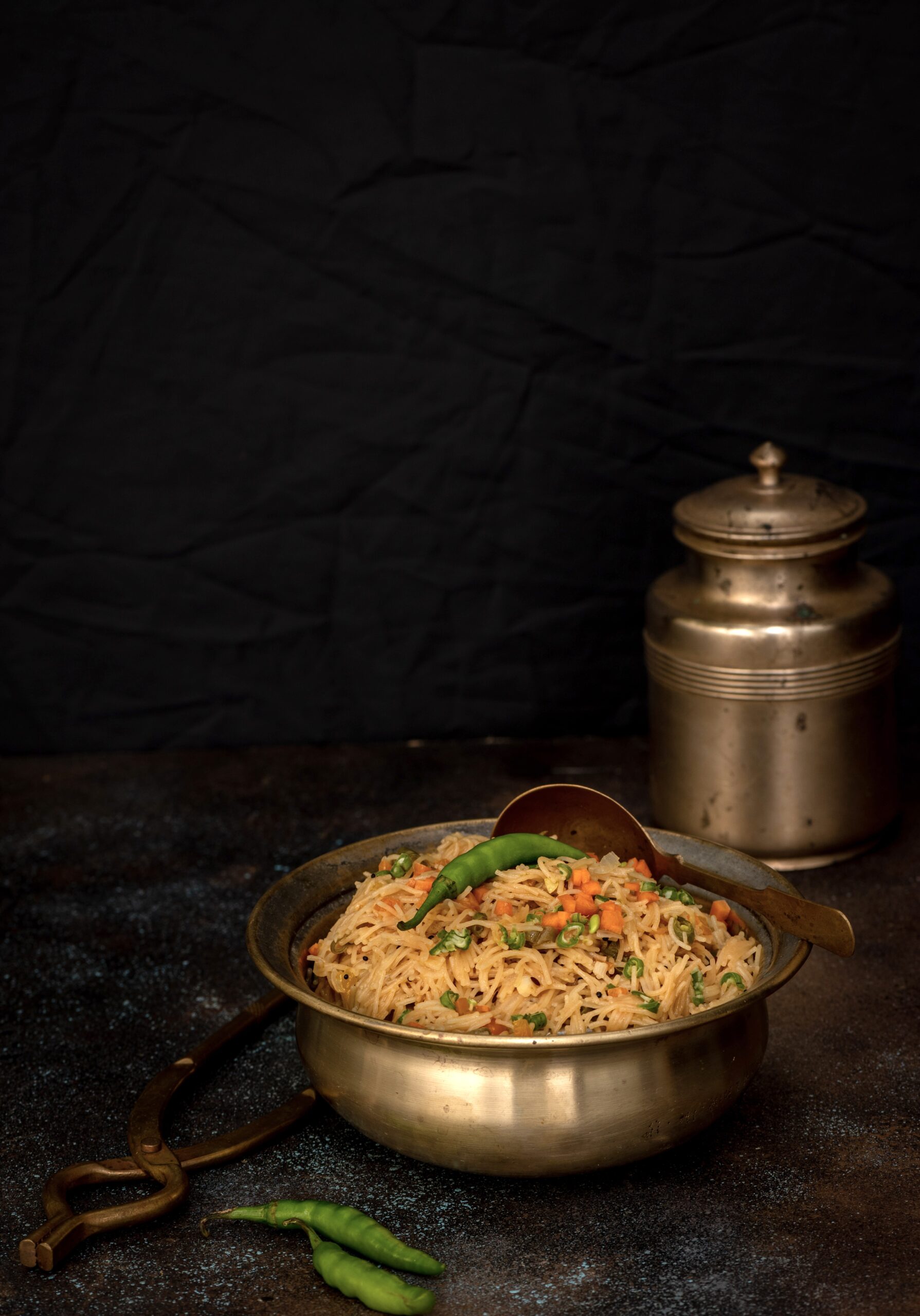
Semiya Upma
(Serves 2-3)
2 tablespoons oil
½ teaspoon mustard seeds and cumin seeds
1 cup carrots and beans (finely chopped)
½ cup onions (finely chopped)
1 cup semiya
1 green chilli
Salt to taste
3-5 curry leaves
3 cups water
1 lime
Heat a kadai. Add the oil. Once it has heated, add the mustard and cumin seeds. Allow to splutter, and then add green chilli and curry leaves.
Next, add the onions and sauté for a minute. Now add the vegetables. Cover and allow to become tender on a low flame.
Next, add the water and salt. Increase the flame and once the water boils over, add the roasted semiya.
Mix gently. Cover and allow to cook on a low flame until the water evaporates and the semiya is tender to the touch.
Finally, squeeze the lime juice in and mix gently. Garnish with coriander leaves.
Your semiya upma is now ready to be served. It can be eaten plain, or with some coconut chutney on the side.
While I’ve shared a traditional Indian favourite this time, breakfast does come every day and you may want to explore the varied recipes I’ve shared before from different cuisines. They will all give you a happy start to the day!
